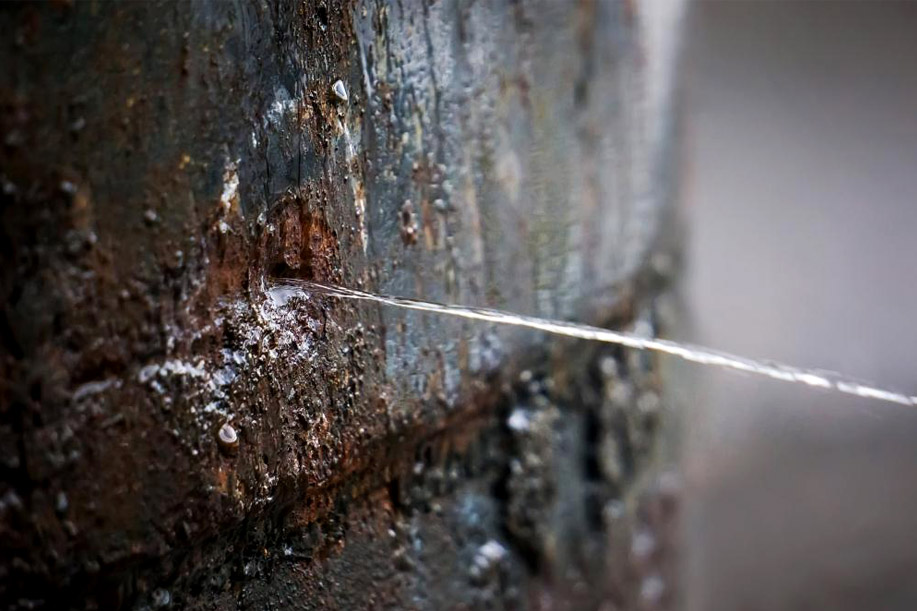Galvanic currents are low-intensity electrical currents. They are generated by the different electrical potential of two distinct metals, just think of aluminum and steel, whose potential difference is very high.
What are galvanic currents?
It is a process in which electrons migrate from the potential of the less noble metal to the potential of the more noble one, i.e. the one with the highest potential, which does not corrode and does not oxidise.
This interchange of electrons gives rise to oxidorduction.
Electrochemical corrosion occurs when a liquid, a humid atmosphere or an electrolyte conducts the ions.
Galvanic corrosion
When a galvanic current occurs, the less noble metal corrodes in the presence of moisture, salts or water, spreading the oxidation close to the area where the two metals come into contact.
All this happens because the noblest metal attracts the electrons of the less noble one, thus starting electrolytic corrosion, an irreversible process that damages the external surface of the material.
As a result of this, the less noble metal becomes the anode, while the more noble one becomes the cathode.
Corrosion only affects the anodic part between the two metals.
Note: galvanic corrosion is dangerous, as it occurs on contact areas such as welds, bolts and so on, thus endangering the safety of objects and means of transport, especially boats.
How to preserve metals from galvanic corrosion
The following remedies are available to prevent galvanic corrosion:
- insulate metals that have different potential;
- create an environment without any kind of humidity around them;
- create a passive cathodic protection through the use of disposable anodes or impressed control currents.
If you choose to apply protection by disposable anodes, you must take into account type, quantity, size and location.
The quantity and size of disposable anodes to be used must be related to the intensity of galvanic currents from which the object must be protected.
If you are not familiar with the technique, we recommend you to consult an accredited professional, who will be able to give you the right instructions.
What are loose currents?
Loose currents are caused by electrical plant grounded or with insulation problems.
They are also known as stray currents, as they circulate outside their circuits and exit their usual path.
Note: loose currents can only become harmful if they are continuous and not alternate like domestic ones.
However, they can cause more damage than galvanic currents for the following reasons:
- they have a higher intensity;
- they don’t need the presence of two metals to occur;
- they are able to affect any type of metal with any potential.
Loose currents and corrosion
Since loose currents are much more intense than those resulting from electrochemical reactions, they create greater corrosion of metals.
To prevent this, metal parts can be protected by electrical drainage, disposable anodes and so on.
How to protect metals from loose currents
To protect metals from loose currents, a number of remedies can be used, such as active and passive protection.
In active protection, a coating material is used to insulate the metal surface from the outside or from another metal.
However, it should be said that this remedy, which is usually used for metal pipes, is rather expensive and is exposed to the risk of accidental wear or perforation.
To ensure effective protection, we recommend the use of an insulating material at least 50 cm long.
Another also valid remedy is electrical drainage, which consists of connecting the different structures to a return conductor or to a network of ground plates.
This avoids the possibility of current flowing between the ground and the structure.

